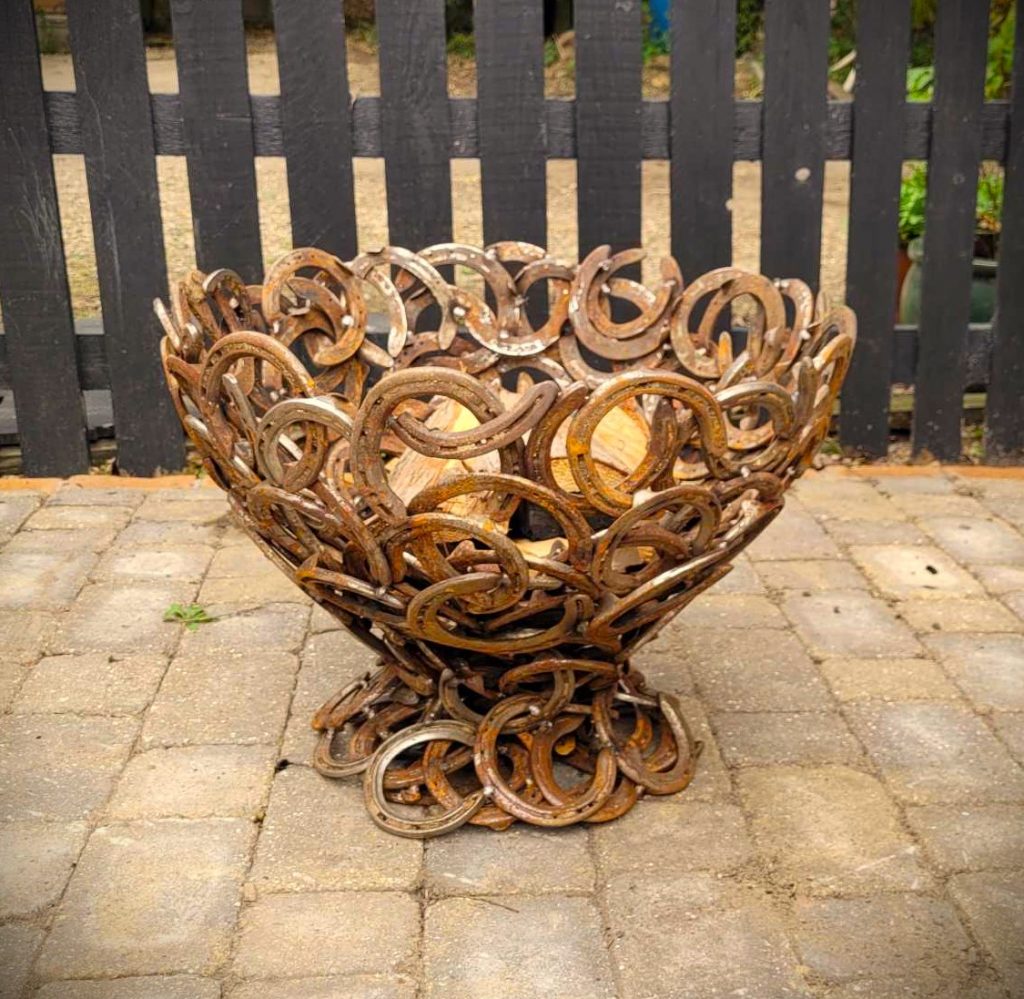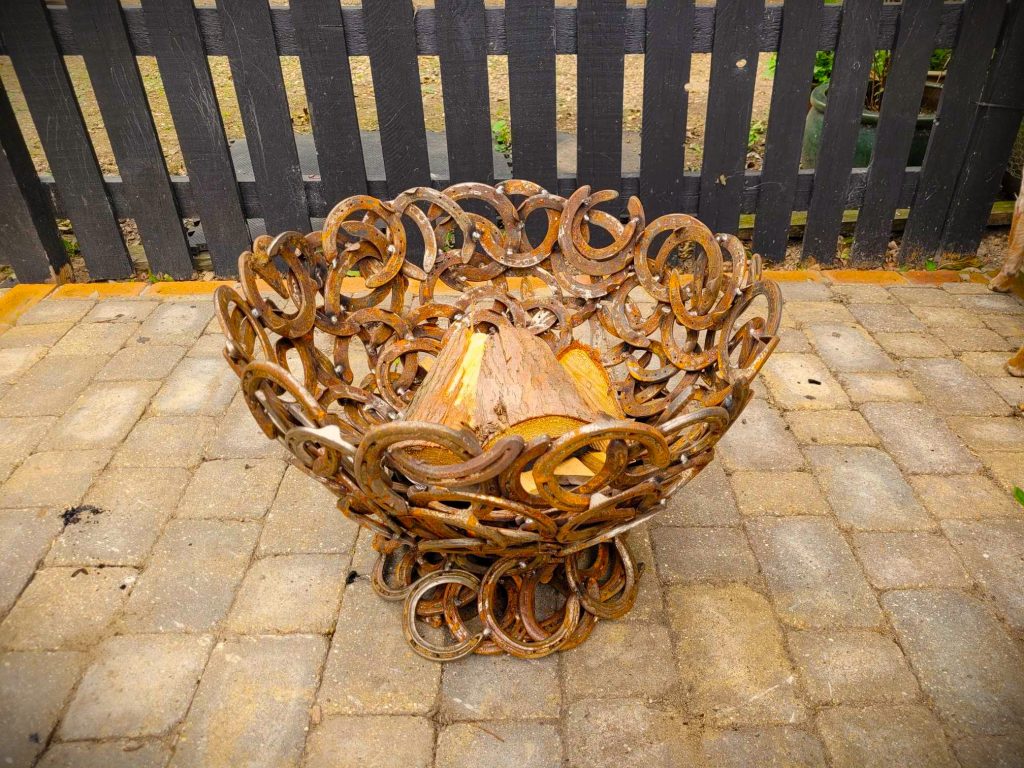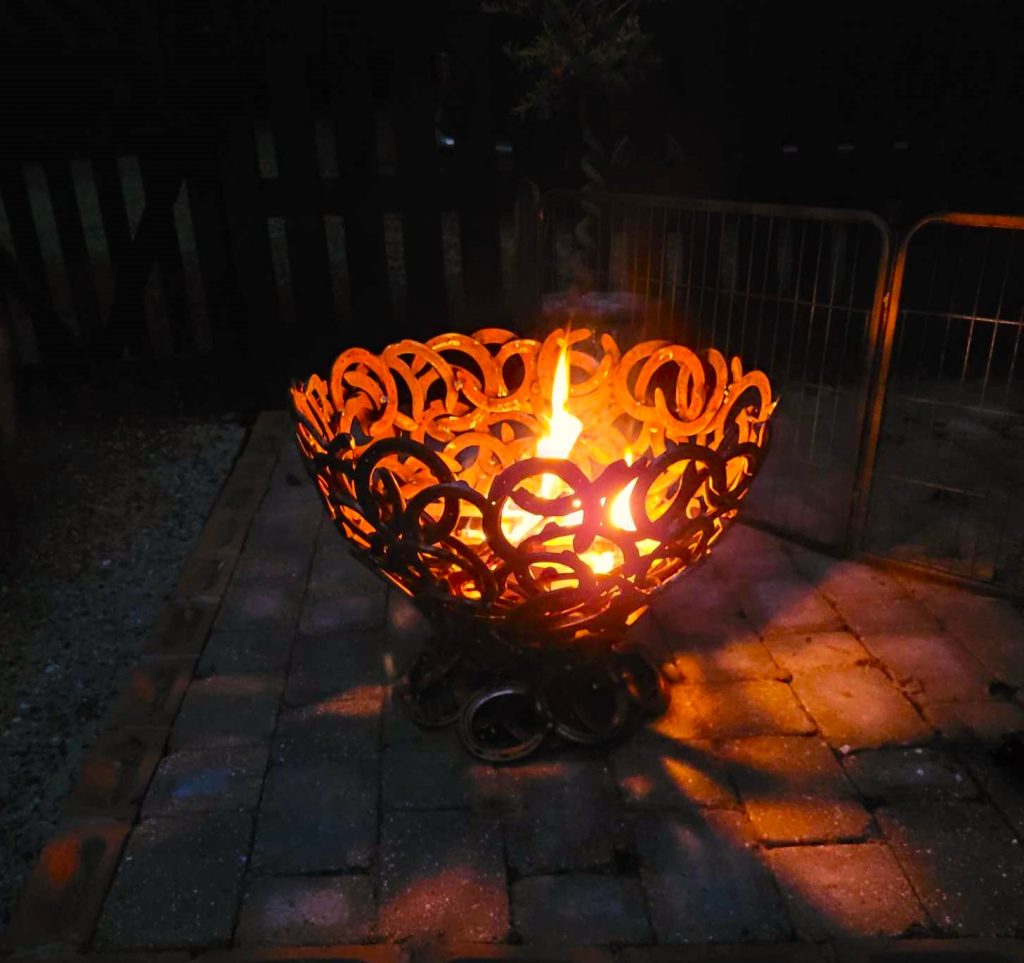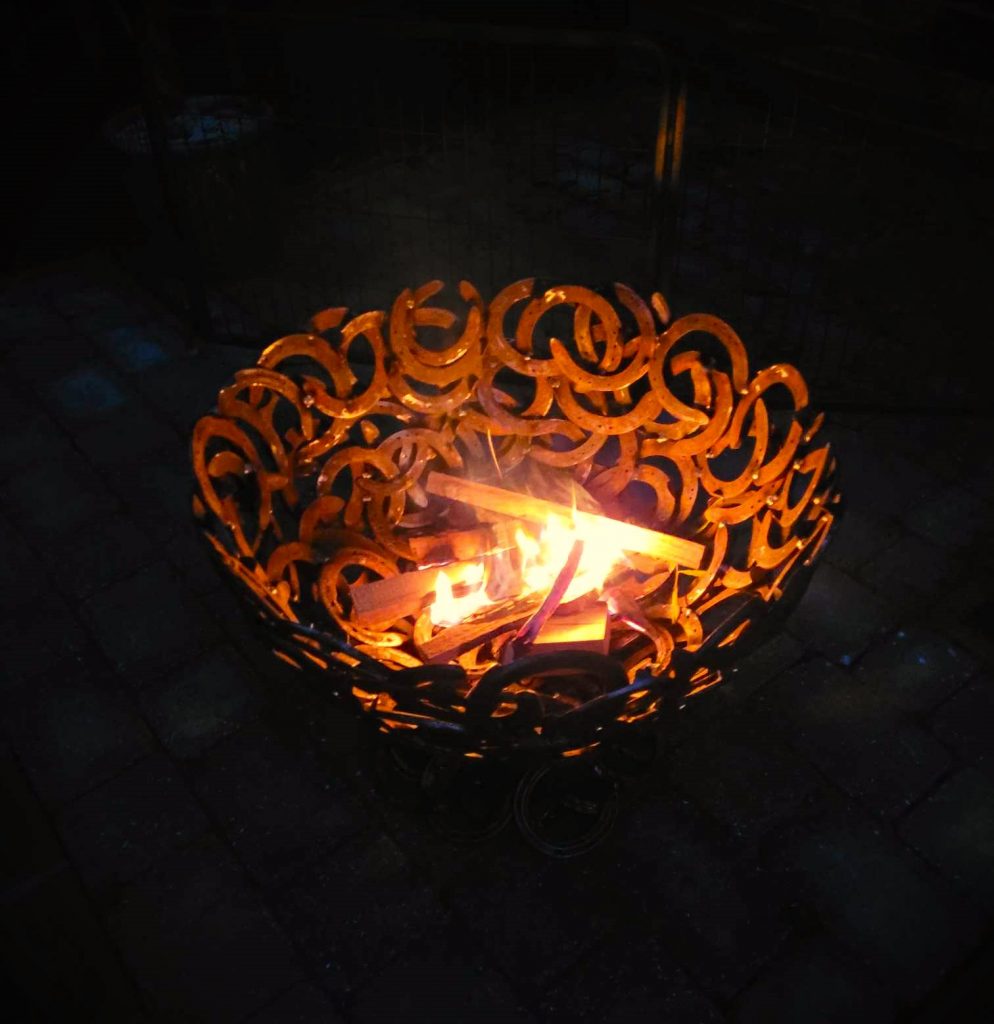As March approaches so does the drier weather (we hope!) and longer nights. During this time a fire pit can elevate a garden party and bring people together whilst helping take the edge off chilly evenings.
Fire pits have gained in popularity in the last few years, but did you know in England, on average 26,500 fires are started on grass, heathland and moorland every year. This is an average of 73 fires every day (GOV UK, 2022).
Using a fire pit correctly is very important so we have put some safety tips together to help keep everyone safe.

Location
Before using your fire pit, make sure you understand your city or county regulations regarding their use. Some cities prohibit or restrict their use.
- Do not place your fire pit on a slope.
- Do place on a flat surface.
- Do not place your fire pit near trees, hedges, fences or buildings.
- Do place in an open clear area.
- Do not use your fire pit indoors (including tents & caravans).
- Do use outside in a well-ventilated area.
- Do not place your fire pit on grass or leaves.
- Do place on concrete, dirt, gravel or hardstanding.
- Do not place seating to close to your firepit.
- Do ensure seating/furniture is not flammable and stay 1.2 metres away for optimal fire safety.


Children & Pets
- Do not let children or pets near your fire pit.
- Do supervise children and pets at all times. Using fire grates or shields are a good idea as when lit the steel shoes will become very hot.
Starting the Fire
- Do not start your fire with petrol or other flammable liquids.
- Do use a crumpled piece of paper or shop bought fire starter.
- Do not use in extreme dry conditions/during burn bans.
- Do check your local weather forecast, extreme heat causes trees, grass, hedges etc to become very dry and can cause unwanted fires to spread quickly.
- Do not use house coal, general household waste or plastic.
- Do use natural firewood or commercial hard wood logs only, soft wood can pop and throw sparks so use with caution.
- Do always have a container of water, garden hose or fire extinguisher nearby. Don’t attempt to tackle fires that can’t be put out with a bucket of water, leave the area as soon as and call the fire brigade on 999.
During the fire
- Do not make your fire to big or to high.
- Do keep your fire contained by using an appropriate amount of wood. The higher the pile of wood the larger and hotter the flame becomes increasing the risk of unwanted fire spreading.
- Do not leave your lit or glowing fire pit unattended.
- Do ensure it is supervised at all times.
- Do not cause a nuisance to your neighbours with smoke produced from your fire pit. Your neighbours can file a report with the council if they are persistently affected.
- Smoke from your fire should not drift into roads and cause obstructions for traffic, you could be fined for this.
- Do not use your fire pit to cook any form of food, it has not been created using food grade cooking materials.


Extinguishing your fire safely
- Let the fire burn down to ash naturally.
- Spread the ashes within the fire pit (use a metal shovel to do this, it helps speed up the cooling process)
- Slowly pour water over the ashes (be cautious of steam produced, keep slowly pouring until the sizzling stops)
- Stir the ashes (use metal shovel to ensure all are fully doused in water)
- Double check the area around the fire pit (ensure any embers or stray ash are doused with water)
- Place the ashes in a metal bucket (do this when you are happy the ash has completely cooled and store here for a few days)
- Dispose of ashes
By using your fire pit correctly you can enjoy it for many years to come. It is a wonderful way to bring your family and friends together and relax. Fancy owning your own Rusty Creations fire pit? Check them out in our online store here.
For further safety information check out the UK government’s advice at the following links:
Fire safety outdoors – https://www.gov.uk/government/publications/fire-safety-outdoors
Guidance on garden bonfires – https://www.gov.uk/garden-bonfires-rules
The Environmental Protection Act 1990 – https://www.legislation.gov.uk/ukpga/1990/43/contents
The Clean Air Act 1993 – https://www.legislation.gov.uk/ukpga/1993/11/contents
All information is correct at time of writing but subject to change, any updates and changes can be found at the above links.
